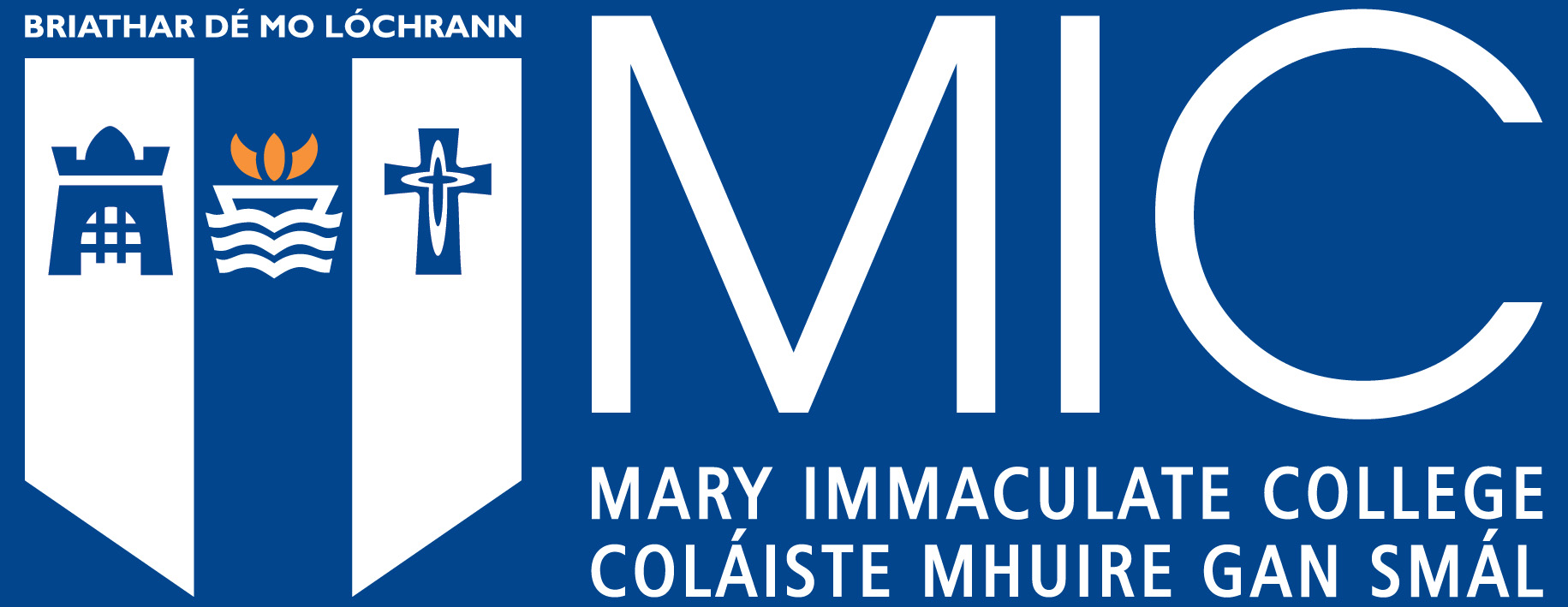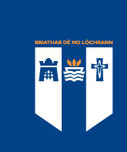FACULTY OF EDUCATION: Recent submissions
Now showing items 201-220 of 389
-
Insights into informal inferential reasoning in the primary classroom
(IPMS [International Programme in the Mathematical Sciences], 2009) -
Mathematics teaching matters: making complex mathematical ideas accessible to primary level children
(St. Patrick’s College, Dublin, 2011)Reform of mathematics curricula has led to the expansion of topics such as algebra, data and probability being taught to primary level children. This new subject matter can be challenging for primary teachers to teach as ... -
Teaching statistics at the primary level: identifying obstacles and challenges in teacher preparation from looking at teaching
(IASE [International Association for Statistical Education], 2010)Preparing preservice primary teachers to teach statistics is a complex endeavor. The challenge is to enrich content knowledge, advance pedagogical understandings, and develop the types of thinking and dispositions necessary ... -
Problem posing and primary pre-service teachers: An initial study
(St. Patrick’s College, Dublin, 2011)Problem solving is an important component of primary mathematics. Central to the activity of problem solving is the task of problem posing. This study examines the skills and predispositions of pre-service teachers when ... -
Exploring probability concepts using a mini games environment: Ideas for primary and secondary classrooms
(NCE-MSTL [National Centre for Excellence in Mathematics and Science Teaching and Learning], University of Limerick, 2014) -
Using a simulation to explore the law of large numbers
(NCE-MSTL [National Centre for Excellence in Mathematics and Science Teaching and Learning], University of Limerick, 2014) -
Understanding the knowledge demands of teaching statistics: insights gained from examining practice
(CERME [Conference of the European Society for Research in Mathematics Education], 2015)This research examines the knowledge demands placed on 73 pre-service teachers who are observed as they plan, teach and re-teach data lessons in classrooms. Problems of practice are identified and categorized using the ... -
Insights into the approaches of young children when making informal inferences about data
(CERME [Conference of the European Society for Research in Mathematics Education], 2017)There is growing awareness of the statistical reasoning abilities of young children. In this study the informal inferential reasoning skills of a class of 5-6 year old children are examined as they reason about data in the ... -
Introduction to the papers of TWG05: probability and statistics education
(CERME [Conference of the European Society for Research in Mathematics Education], 2015)TWG gathered 37 participants from 16 countries. 22 papers and 11 posters were accepted. We started with two ice-breaker activities. The first one allowed participants to introduce themselves. During the second activity, ... -
Review of the Droichead teacher induction pilot programme (Report)
(ESRI [The Economic and Social Research Institute], 2016) -
Using architecture as a context to enhance students’ understanding of symmetry
(AAMT [Australian Association of Mathematics Teachers], 2011)Working within the context of a contest to find the most beautiful tourist attraction in the world, Year 5 students investigate the most symmetric building from a short-list of three iconic buildings. This involves ... -
Budding architects: Exploring the designs of pyramids and prisms
(AAMT [Australian Association of Mathematics Teachers], 2015)The context of students as architects is used to examine the similarities and differences between prisms and pyramids. Leavy and Hourigan use the Van Hiele Model as a tool to support teachers to develop expectations for ... -
Geometric growing patterns: what’s the rule?
(AAMT [Australian Association of Mathematics Teachers], 2015)We explore several examples of the way in which to use geometrical growing patterns. Examples are situated within interesting contexts to elicit algebraic generalisations by working through a five-phase analysis process. -
What’s a real 2D shape? Designing appropriate geometric instruction
(AAMT [Australian Association of Mathematics Teachers], 2015)Mairead Hourigan and Aisling Leavy describe a range of teaching and learning activities focusing on the identification and classification of 2-dimensional shapes. The activities described are useful in highlighting students’ ... -
Scholarly electronic journals: economic and technical issues
(Arizona State University, College of Education, 2000)In this paper we discuss scholarly communication and the emergence of electronic journals. Scholarly electronic journals are expanding their influence. Currently, about 70 peer-reviewed scholarly journals in education are ... -
Barriers to inclusion: a case study of a pupil with severe learning difficulties in Ireland (Pre-published version)
(Taylor & Francis (Routledge), 2005)The aim of this study was to examine the inclusion of a pupil with a severe general learning difficulty in a four-teacher mainstream primary school, located in rural Ireland. The research employed a qualitative multiple ... -
Walking and cardiovascular risk: A meta-analysis of randomised, controlled trials 2361 board #93 8:30 AM – 9:30 AM (Pre-published version)
(American College of Sports Medicine, 2006)Walking is the most popular physical activity among the EU population, and has become an important cornerstone in many physical activity promotion campaigns. Despite this, interventions that have considered the effects of ... -
Stay active: The physical activity, ageing and health study
(Centre for Ageing Research and Development in Ireland (CARDI), 2014) -
Physical activity, ageing and health
(Centre for Ageing Research and Development in Ireland (CARDI), 2014) -
Prevalence and correlates of physical inactivity in community-dwelling older adults in Ireland
(Public Library of Science, 2015)The public health challenges associated with rapid population ageing are likely to be exacerbated by poor physical activity levels. The purpose of this study was to identify correlates of physical inactivity in a ...

